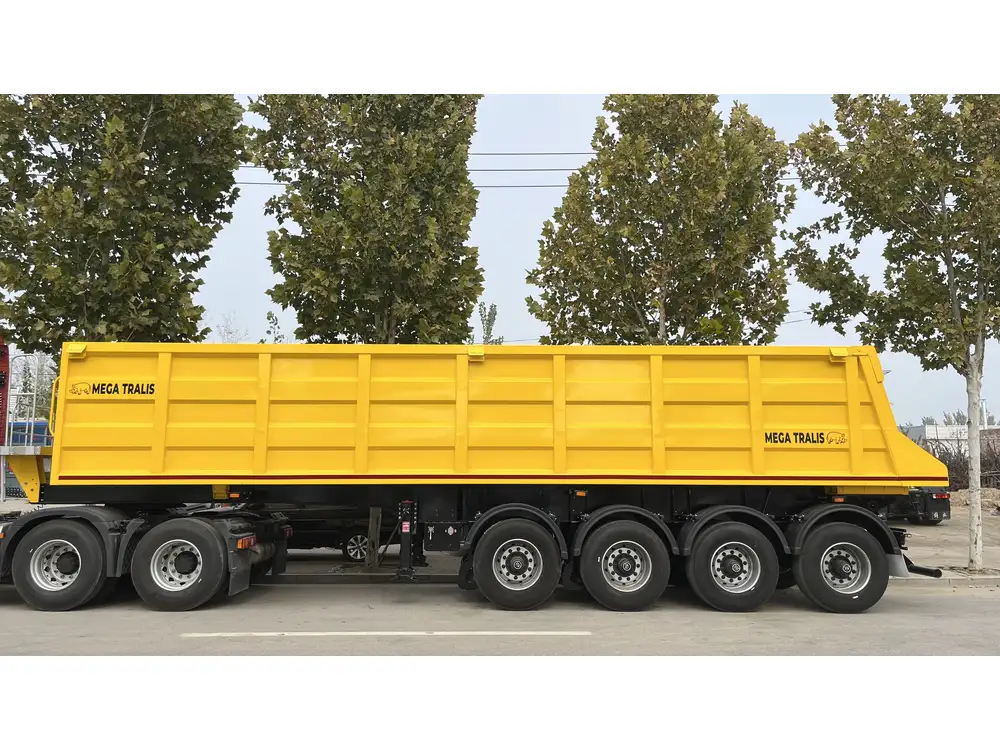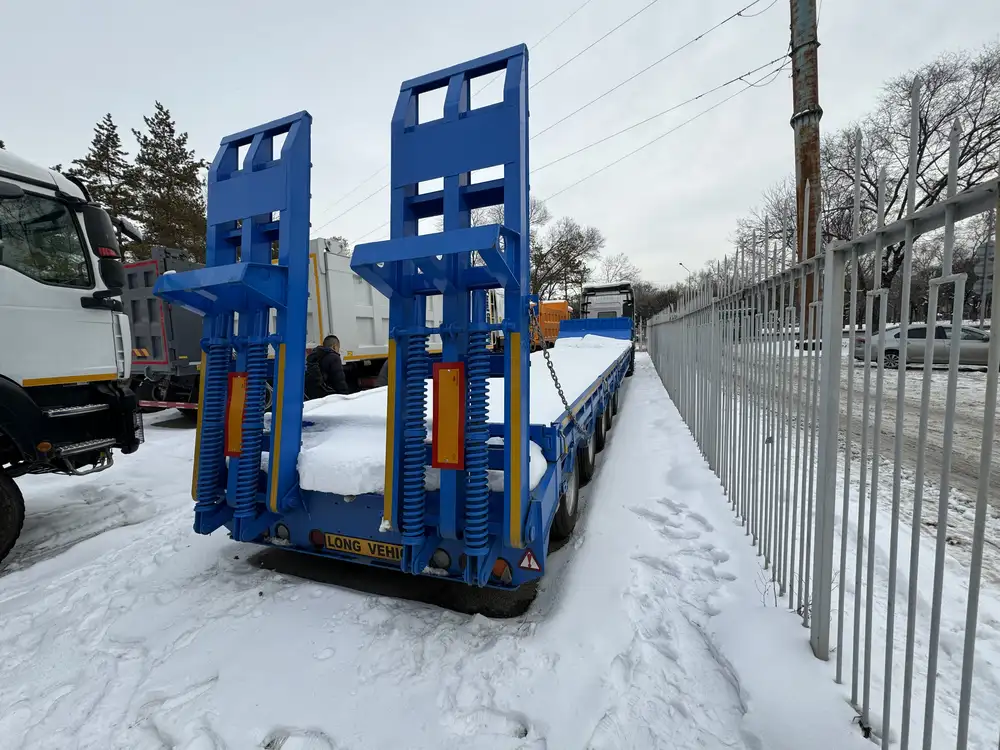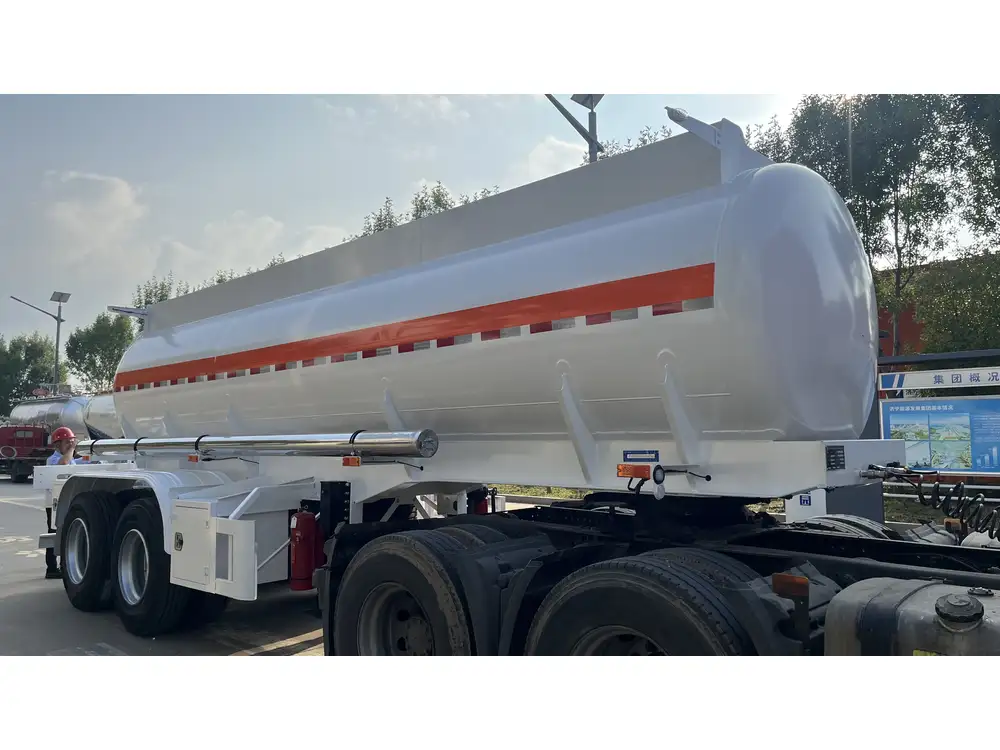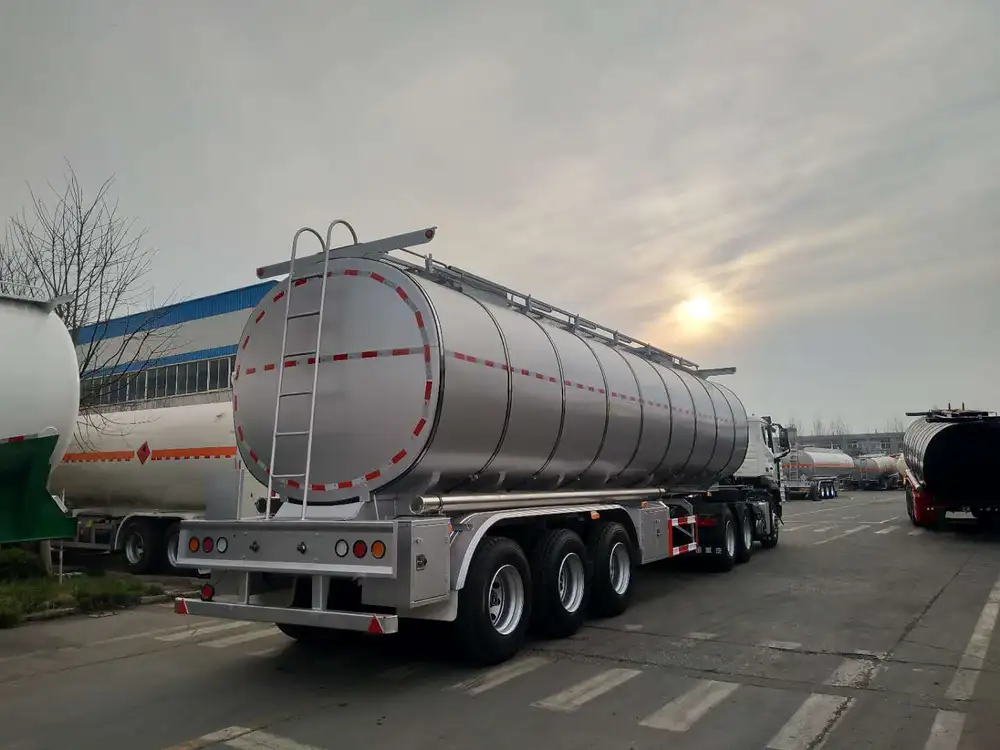In the expansive realm of logistics and transportation, the semi-trailer stands as a cornerstone of efficiency and utility. These versatile vehicles, a staple on highways, serve multiple industries, carrying goods across vast distances. Yet, for many—be it budding entrepreneurs in freight logistics or seasoned transport specialists—one question looms large: how long is a typical semi-trailer?
This article endeavors to dissect the dimensions, variances, and regulations surrounding semi-trailer lengths, offering readers an in-depth understanding of these crucial transportation assets.
Key Length Measurements of Semi-Trailers
The length of a semi-trailer can largely influence its operational capacity, compliance with road regulations, and overall utility. While it’s essential to note that there isn’t a one-size-fits-all answer, several common dimensions prevail in the industry:
Common Lengths
| Type of Semi-Trailer | Typical Length |
|---|---|
| Standard Dry Van | 48 to 53 feet |
| Flatbed Semi-Trailer | 48 to 53 feet |
| Refrigerated Trailer (Reefer) | 48 to 53 feet |
| Container Chassis | 20, 40, or 53 feet |
| Dump Trailer | 14 to 50 feet |

Standard Lengths and Their Applications
Standard Dry Van:
- Typically measures between 48 to 53 feet.
- Application: Most commonly used for general freight, including electronics and consumer goods.
Flatbed Semi-Trailer:
- Often 48 to 53 feet long.
- Application: Ideal for loads that are too large or awkwardly shaped to be contained within the confines of a fully enclosed trailer.
Refrigerated Trailer (Reefer):
- Also ranges from 48 to 53 feet.
- Application: Essential for transporting perishable goods, such as food and pharmaceuticals.
Container Chassis:
- Accommodates standard shipping container lengths of 20, 40, or 53 feet.
- Application: Perfect for intermodal transport, where containers are transferred between different modes.
Dump Trailer:
- Lengths can vary greatly, typically spanning between 14 to 50 feet.
- Application: Frequently used in construction for transporting loose materials like gravel or sand.
Legal Regulations Impacting Trailer Length
In the United States, semi-trailer lengths are tightly regulated by both federal and state laws. Due to the variation in regulations, operators should be well-versed in the following:
Federal Regulations
- Maximum Length: According to the Federal Highway Administration (FHWA), the maximum length for a semi-trailer is generally 53 feet.
- Interstate Highways: If operating on interstate highways, a semi-trailer can extend to these maximum limits without special permits.

State Regulations
- States often have their own standards which may restrict overall length or impose limits based on particular routes. For instance:
| State | Maximum Length of Semi-Trailer |
|---|---|
| California | 53 feet |
| Texas | 60 feet for some specialized trailers |
| Florida | 53 feet |
| New York | 48 feet for non-specific trailers |
Trailer Composition and Its Influence on Length
Understanding how a trailer is composed can elucidate why certain sizes are standard within the industry. The construction and design considerations, such as the type of materials used, tire size, and axle configuration, can impact the overall effective length of the trailer.
Main Components
Chassis: The structural frame on which the semi-trailer is built. The length and strength of the chassis directly influence load capacity and stability.
Body: The body of the trailer contains the cargo and can vary widely in height and width, often following standard length dimensions.
Axles: The number and placement of axles can influence legal load limits and handling, hence affecting optimal size recommendations.

Length-to-Weight Ratios
The length of a semi-trailer also directly impacts its weight capacity. Legal weight limits generally apply as follows:
- Maximum Allowable Weight:
- Single axle: 20,000 lbs
- Tandem axle: 34,000 lbs
- Gross Vehicle Weight (GVW): 80,000 lbs maximum for a full truck and trailer under federal law.
In essence, a longer trailer can offer greater volume and, therefore, potentially allow higher weight loads, provided the vehicle is compliant with state regulations.
The Business Implications of Semi-Trailer Length
When selecting or operating a semi-trailer, its length isn’t merely a numeric value; it has profound implications for businesses engaged in logistics and transportation.
Cost Efficiency
Longer trailers can typically carry more cargo, which can lead to cost efficiencies in operations due to reduced fuel use per unit of cargo transported. However, this also necessitates a thorough understanding of routing, legal restrictions, and load management.

Pricing and Market Trends
Understanding length variances can provide insight into market availability. For example, semi-trailers measuring 53 feet may command higher leasing prices but can also yield higher revenue by containing more goods. Conversely, there might be ample inventory of shorter trailers due to local regulations.
Innovations in Semi-Trailer Design
As industries evolve, so too does the technology surrounding semi-trailers. Companies are investing in cutting-edge designs to enhance fuel efficiency, load management, and versatility.
Modular Designs
The introduction of modular trailer designs allows operators to switch configurations based on the dominant cargo type, effectively managing length and capacity based on current demands.

Lightweight Materials
Employing lighter materials in chassis configuration without sacrificing strength has led to increased payload capacities without extending legislative lengths.
Key Questions Users Might Not Consider
What is the impact of turning radius on semi-trailer length? A longer trailer may have a wider turning radius, impacting maneuverability in urban settings.
How does specific industry regulation perceive semi-trailer lengths? For instance, agricultural industries might have unique compliance issues regarding trailer specifications.
Conclusion
Deciphering the question, how long is a typical semi-trailer, unfolds a complex landscape influenced by various factors, from legal stipulations and operational strategies to emerging technologies that redefine dimensions. Whether you are in logistics, manufacturing, or transportation, understanding the numerous elements surrounding semi-trailer lengths can grant a competitive edge in maximized efficiency and compliance.
Armed with this knowledge, businesses can make informed decisions, ensuring that whether they operate a standard dry van, a flatbed, or a specialized trailer, they do so within the parameters that best serve their transporting goals while adhering to legal standards. The interconnectivity of these dimensions, regulations, and innovations underpins the robust mechanics of the logistics landscape, ensuring the wheel of commerce keeps turning smoothly.



